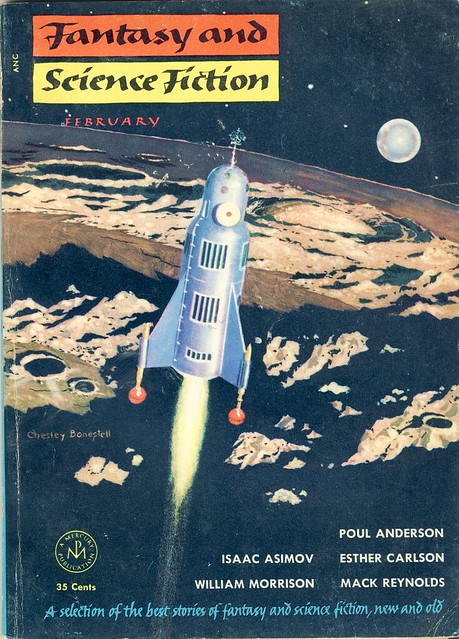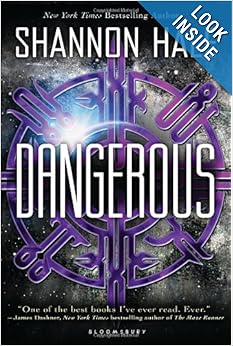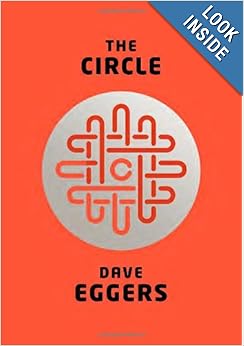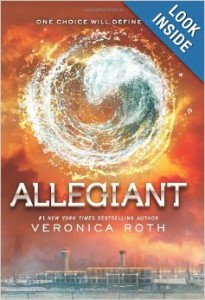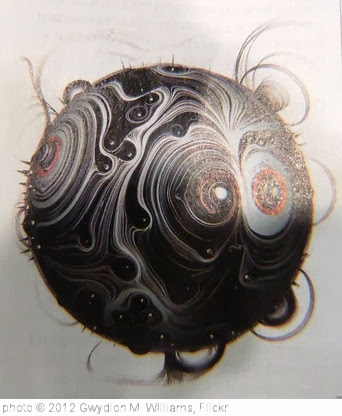“Post-apocalyptic fiction is set in a world or civilization after . . . a disaster that ruins the world. Possible apocalyptic disasters include nuclear warfare, pandemic, extraterrestrial attack, impact event, cybernetic revolt, technological singularity, dysgenics, supernatural phenomena, divine judgment, climate change, resource depletion or some other general disaster.”
“A dystopia is a community or society that is in some important way undesirable or frightening. It is the opposite of a utopia. Dystopias are often characterized by dehumanization, totalitarian governments, environmental disaster, or other characteristics associated with a cataclysmic decline in society.”
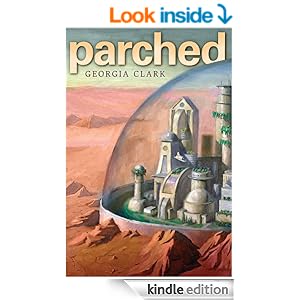 Obviously there is/can be some overlap here. Hunger Games is dystopian fiction, but it is hinted that some apocalyptic disaster caused the government of Panem to become what it was. Divergent also falls into this in between category, with most of the emphasis being on the uncovering of the dystopia underneath the seeming utopia of future Chicago. Parched is both post-apocalyptic and dystopian fiction.
Obviously there is/can be some overlap here. Hunger Games is dystopian fiction, but it is hinted that some apocalyptic disaster caused the government of Panem to become what it was. Divergent also falls into this in between category, with most of the emphasis being on the uncovering of the dystopia underneath the seeming utopia of future Chicago. Parched is both post-apocalyptic and dystopian fiction.
Disaster: fifty years of climate change leading to world wide drought and a severe shortage of water.
Ostensible utopia that is actually a dystopia: Eden, a city enclosed by white walls and a clear protective dome under which water is kept for the exclusive benefit of the Edenites. Outside Eden is the Badlands where millions live in violent anarchy with a growing shortage of water.
Government: authoritarian, led by a dictator named Gyan and a group of functionaries called the Trust.
Hero/heroine: Sixteen year old Tessendra Rockwood, an Edenite who, because of the tragic accident that killed her mother, has left the protective environment she grew up in to live in the Badlands outside the city.
Rebel group: Kudzu, a group of teens who are determined to change their world by means of non-violent resistance.
Technology: Eden is highly technological with robots called “substitutes” that perform most of the menial labor in the city, and the development of artificial intelligence is on the horizon for the scientists of Eden. Inhabitants of the Badlands exist on the edges of civilization, using primitive low-tech weapons and the cast-off technology of Eden to survive.
I thought Parched was well-written and solid in its world-building and characterizations. I did figure out one of the two major “reveals’ in the book before they were revealed, but I’m not sure every reader would. And sometimes Tess acts sixteen year old dumb while at other times she is brave, strong, and skilled way beyond her years. If the “border crisis” in Parched is meant to mirror and comment on the current border crisis in the U.S., it’s eerily prescient since the book was published in March of this year just before the border crisis began to dominate the news in mid-summer.
There is teen romance in Parched (no triangle, thank goodness), but it’s an interesting and somewhat restrained romance. There is some mild bad language, which could have have been left out, but unfortunately wasn’t. The language, violence, theme of rebellion against a repressive government, and romance make this one firmly YA, although both younger and older readers who like Orleans by Sherri Smith or Paolo Bacigalupi’s Ship Breaker and The Drowned Cities would also like Parched.
